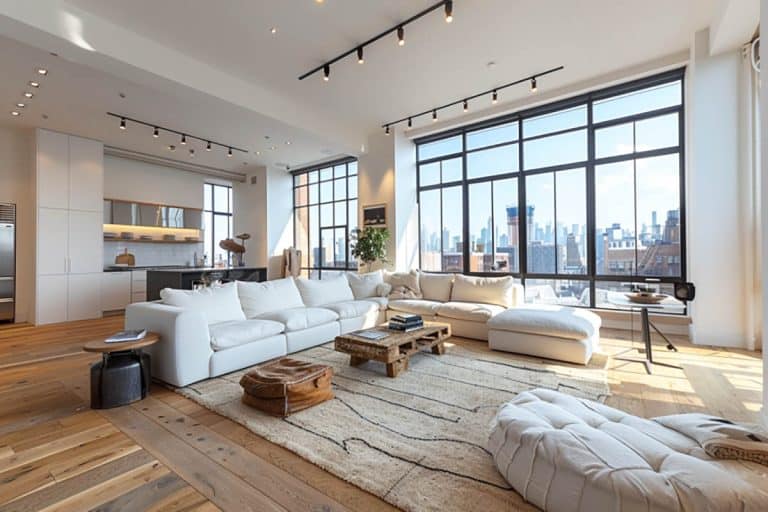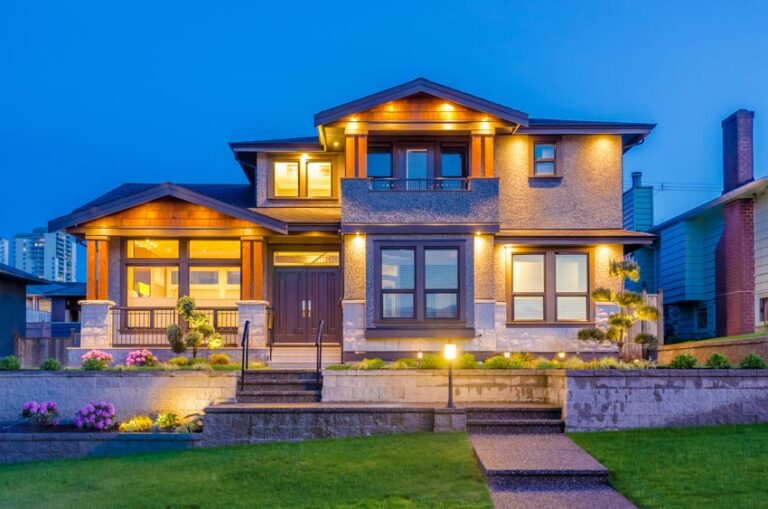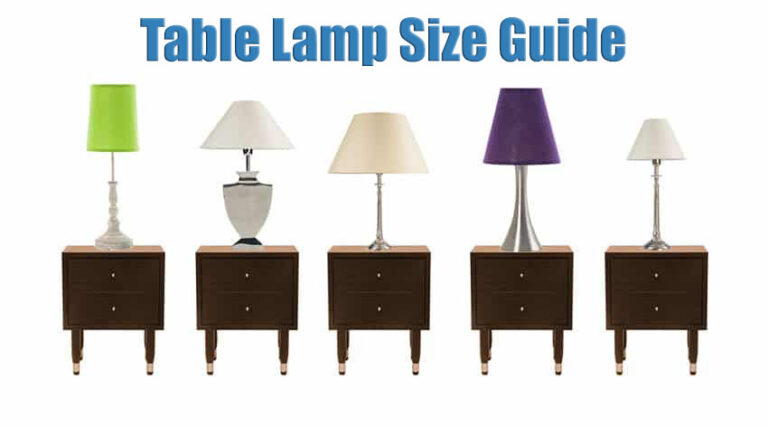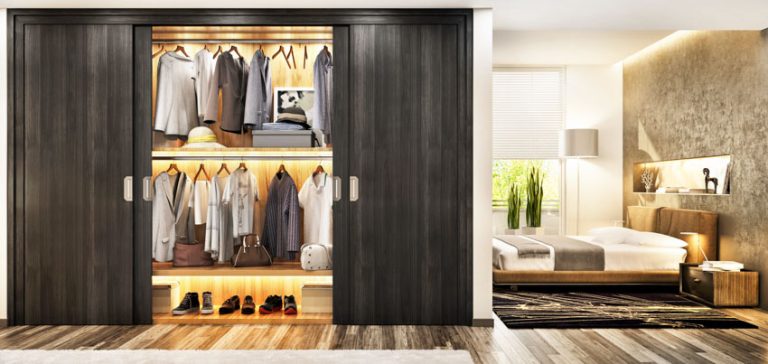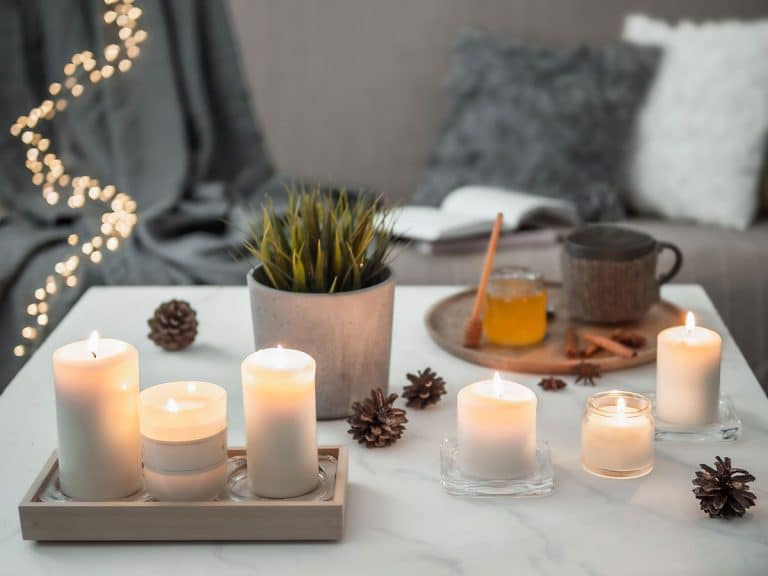Pendant Vs Chandelier Light Fixtures
Compare pendant vs chandelier light fixtures and find out what these are, the major differences between the two design styles, and where and how they are used.
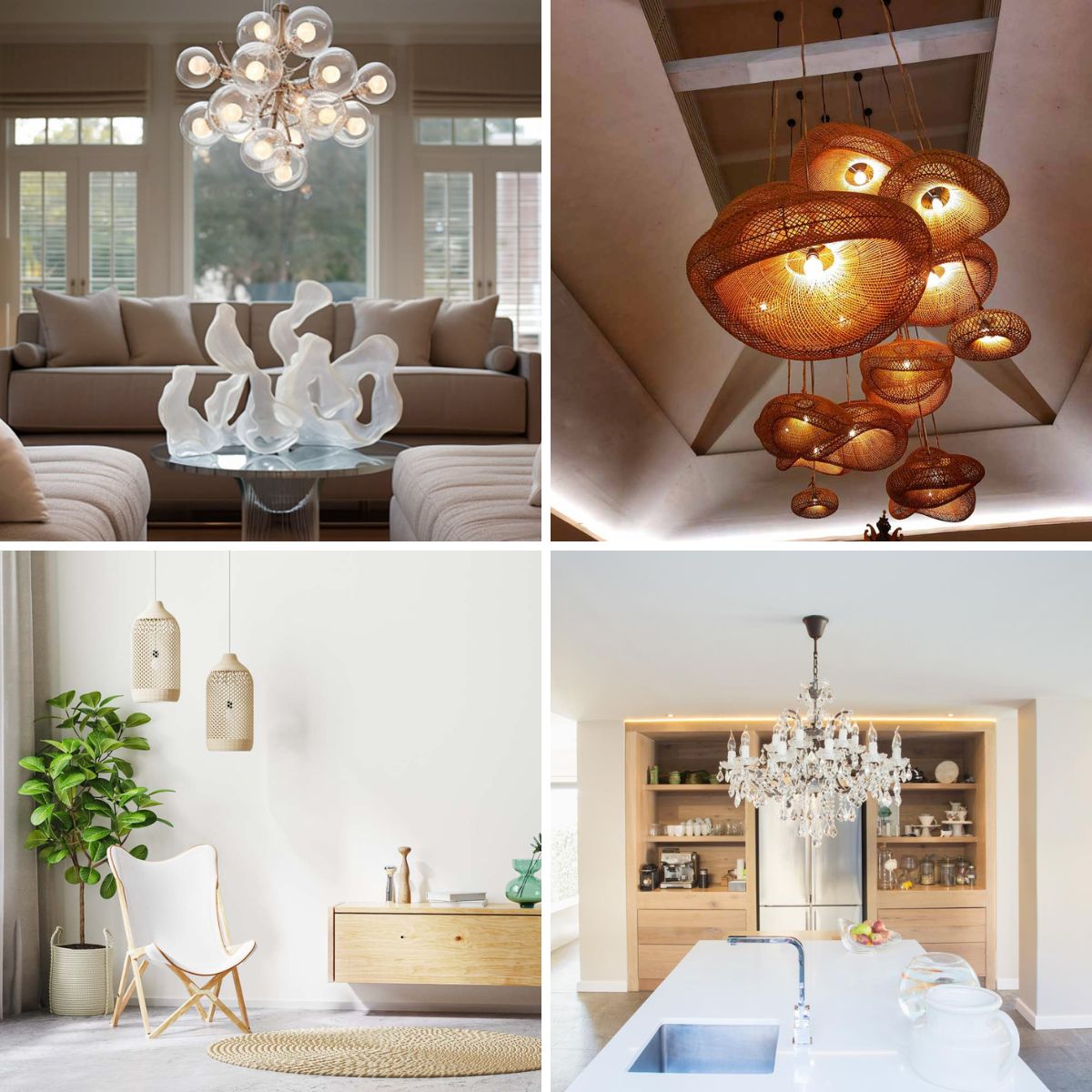
To enhance, beautify, and increase the functionality of a certain space, it is indeed pivotal to select the most suitable light fixtures. This will also greatly impact the overall ambiance. In so many houses nowadays, two eye-catching types of light fixtures are frequently the favorite choice by many homeowners – pendant and chandelier light fixtures.
Due to their comparable hanging designs and structure, these light designs are often confused and interchanged. Well, we may agree that both of these lights add a unique and pleasant decorative touch to any room. However, if you look closer at their design and function, you’ll see they have the distinctive qualities that truly set them apart.
Here’s the debate – pendant vs chandelier light fixtures: What are they? What are their main differences? When should I use these light fixtures? Hopefully, as you read, you can equip yourself with the right information about these lights and help you make well-informed selections.
Pendant Lights and Chandelier Comparison
| Feature | Pendant Lights | Chandeliers |
|---|---|---|
| Ideal Usage | Kitchen island, entry, dining room table, bathroom vanity, bedroom table. |
Dining rooms, grand entryways, spacious living areas, spacious bedrooms, walk-in closets with islands. |
| Design | Smaller, simpler, single fixture. (Can enhance with shades) | Larger, ornate, multiple arms/branches. |
| Lighting | Downward directed for task lighting. | Radiates in all directions for ambient light. |
| Ambiance | Functional, contemporary, modern. | Dramatic, elegant, statement-making. |
| Suitability | Smaller spaces, specific areas. | Larger, open spaces |
| Installation | Easier, suitable for standard ceiling supports. | More complex, may require stronger support structures. |
| Maintenance |
Generally simpler, easier cleaning/changing bulbs. | More labor-intensive cleaning. |
| Cost | Less expensive, varied based on style. | Usually more expensive, increasing with size/design. |
What Is A Pendant Light?
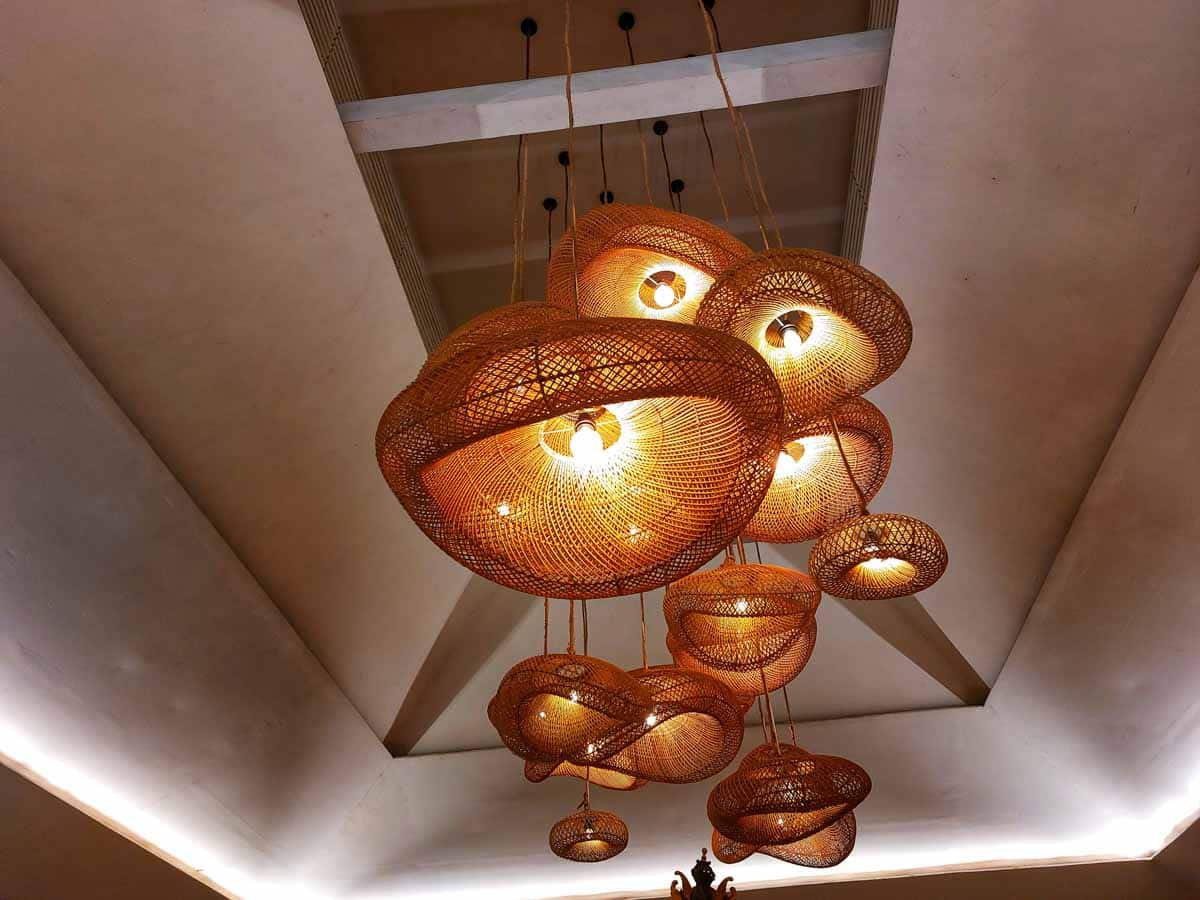
A pendant light is normally a single light fixture that suspends from the ceiling with the assistance of certain connectors such as cords, rods, or chains. Typically, pendant lights consist of a light bulb, shade, and other hardware accessories for some attachments.
Moreover, pendant lights can be made out of different materials. This customarily includes metal, glass, fabric, or paper, making them ideal for many design options.
These hanging lights are widely recognized for their maximum versatility regarding style, pattern, shape, and structural style. Many homeowners prefer them as these lights are versatile and accessible in online or physical home improvement stores.
What are the main usages of pendant lights? Generally, these eye-pleasing light fixtures are used to deliver concentrated task lighting, although there are also plenty of homeowners who use these lights as ambient lighting. Some also apply these lights to supply sufficient lighting above their dining tables, corridors, kitchen islands, or reading corners.
The illumination that pendant lights offer may be directed downward, thus rendering them an efficient option if you want to spotlight any specific object, architectural element, or artwork. Often, these light designs are even constructed as works of art themselves, which makes them a remarkable focal point in a room.
What Is A Chandelier?
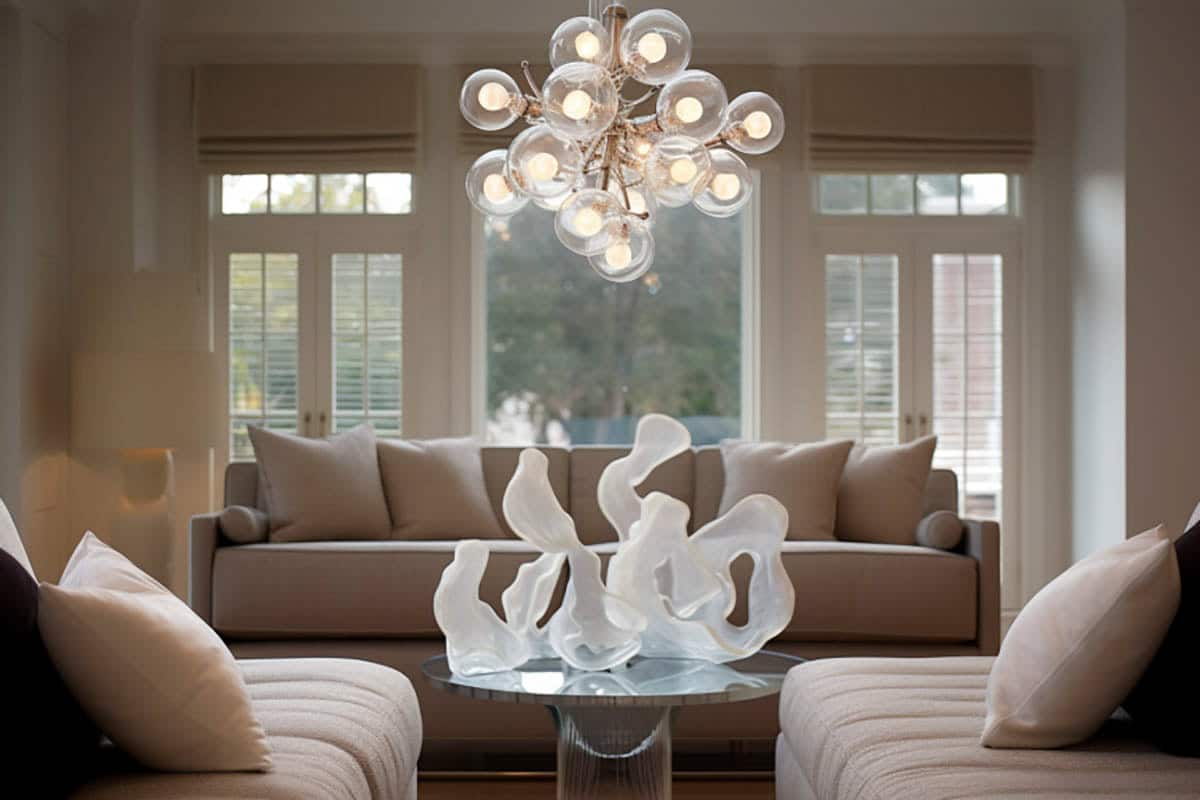
Chandelier light fixtures are usually on the bigger side, and they feature a lot more elaborate and complex design elements. Frequently, chandeliers are recognized due to their multiple arms that hold certain light bulbs and branches that extend from the central framing.
The capability of chandeliers to provide illumination is more immense than pendant lights, as they feature multiple light bulbs in one fixture.
A fabulous chandelier is like the icing on the cake—topping off a room’s overall “look”. – Log Home Design, December 2004
Furthermore, chandeliers are obtainable in a broad array of styles – some versions are styled with the traditional, classic crystal design, industrial modern metal structures, or vintage-inspired structural elements.
The grandeur and sophisticated construction of chandeliers make them the centerpiece of any indoor space. These statement pieces are often installed on high ceilings and spacious living areas as they are very bulky and have multiple details and extensions.
However, there are also slightly more compact versions of chandeliers that can fit smaller rooms like bedrooms, dining rooms, and lounge rooms. Ultimately, although they are meant to provide ample illumination, they aim to provide a grand and decorative statement piece in a particular space.
Differences Between Pendant Lights And Chandeliers
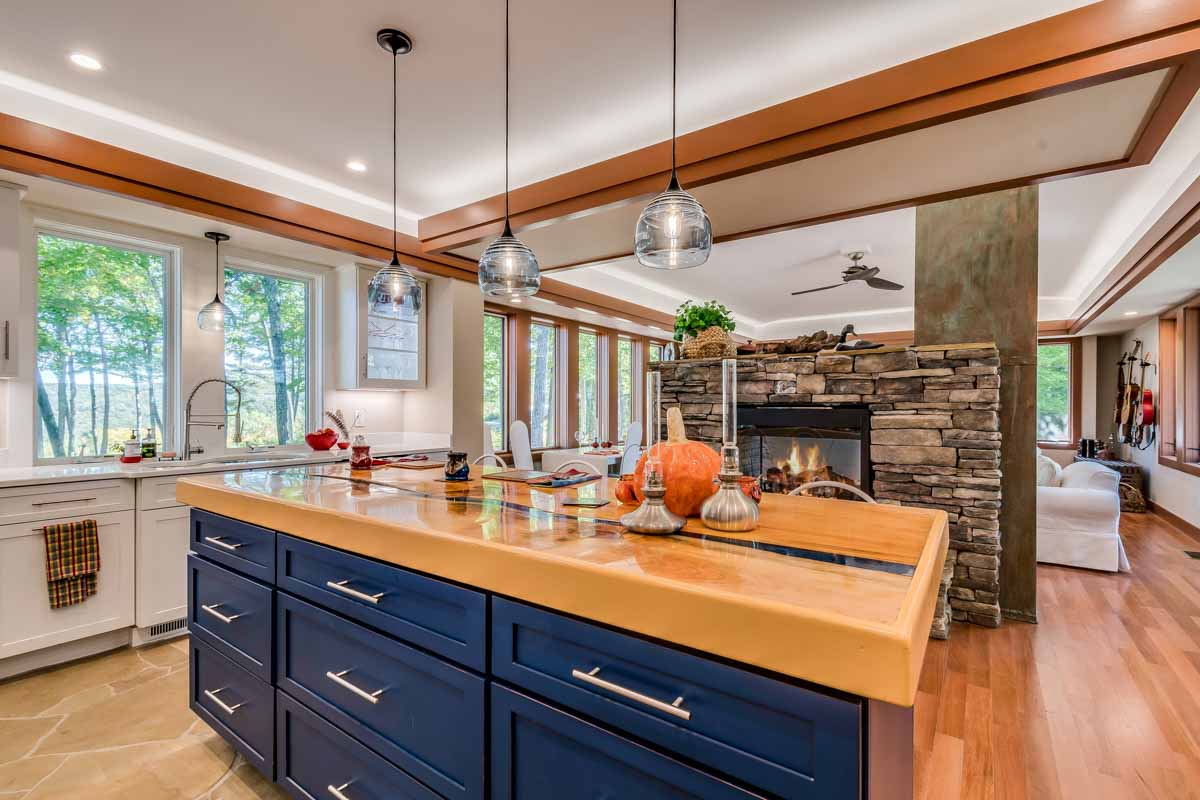
To give you a much clearer background about the design, function, and application of pendant lights and chandeliers, below, we will explore their primary differences. We’ll go through them in every aspect.
Size and Design
• Pendant Lights: Pendant lights, while there are larger versions, are normally characterized by their compact size and scale, hence making them suitable for many types of rooms, whether confined or spacious.
Moreover, these lighting fixtures are known for their capability to supply task-oriented illumination without imposing their size on your indoor surroundings. In addition, these light fixtures are obtainable in many shapes and styles, from minimalist and modern to fully ornate and rustic.
• Chandeliers: Chandeliers, meanwhile, have a larger and more imposing appearance, thus making them more suitable for open and grand living spaces.
Unlike pendant lights, chandeliers can effortlessly function as an eye-catching focal point. The sizable structure and complex style enable them to capture the attention of all the people within the space.
The design aesthetic of chandeliers is a lot more ornate, striking, and prominent, which makes them ideal for traditional or formal ambiances. However, they can also have an eclectic or minimalist nature. Unlike pendant lights, chandeliers are available in just limited style varieties.
Materials Used
• Pendant Lights: These light fixtures display more versatility and availability in terms of the materials used as they are often made of widely obtainable materials like fabric, metal, glass, or plastic.
However, many are crafted from special materials like stained glass, whereas some fixtures are embellished with metallic enclosures. Since they are frequently made of diverse materials, they can be adaptable enough to complement a vast spectrum of home decor.
• Chandeliers: The materials typically used to manufacture chandelier light fixtures include crystals, glass bulbs, or any material that can greatly add to the opulence and elegance of the chandelier’s appearance and vibe.
Applying materials like crystals and glass allows the prisms and crystals to scatter and refract illumination, generating spectacular, aesthetically appealing lighting and visual effects.
Light Output

• Pendant Lights: Pendant lights can provide task or ambient lighting, making them qualified to brighten a compact or large space with a warm glow. Smaller products can be situated at eye level to supply task-oriented lighting.
You can install them above kitchen islands, bathroom vanities, or working areas. Additionally, pendant lights customarily deliver a downward light beam, which is beneficial for spotlighting certain objects in your room.
• Chandeliers: Apart from decorative purposes, the main purpose of installing chandeliers is to supply a huge amount of ambient lighting, bathing the entire space in a warm, bright, and inviting glow. They are not meant for task lighting due to their huge size and complex bulb placements.
Placement and Installation
• Pendant Lights: Commonly, pendant lights are placed in areas where focused or task lighting is necessary – this includes kitchen counters, bars, islands, or any workspace.
They can beautifully hang from the ceiling or even flush-mounted for a minimalist and unobtrusive effect, making them a versatile option for either high or low ceilings.
• Chandeliers: Chandeliers are frequently placed in central areas, like spacious dining rooms and grand living rooms, to make a statement and provide enormous lighting.
They can be installed and suspended with a chain or rod. Unlike pendant lights, chandeliers require more durable suspension materials to hold them as they have heavier light fixtures and branches.
Number of Bulbs Used
• Pendant Lights: Pendant lights do not require multiple bulbs as they are about simplicity and efficiency. A single light bulb or a limited cluster of light bulbs is usually enough for them to function properly.
• Chandeliers: On the other hand, chandeliers require many light bulbs to function effectively. Contingent on their overall design, size, or main usage, traditional fixtures can accommodate 10 or more light bulbs.
Mounting Height
• Pendant Lights: Pendant lights can be hung even at a lower height since their design is relatively compact and minimal. They can also be hung much closer to the surface that they should illuminate.
• Chandeliers: Chandeliers, however, should be hung at a higher height; thus, they are only ideal for rooms with higher ceilings. Since they are large and feature various attachments, they should be positioned on high ceilings only.
This is to provide more scattered lighting, prevent them from obstructing the view, and avert the homeowners from bumping their heads on the fixture.
When To Use A Pendant Or A Chandelier
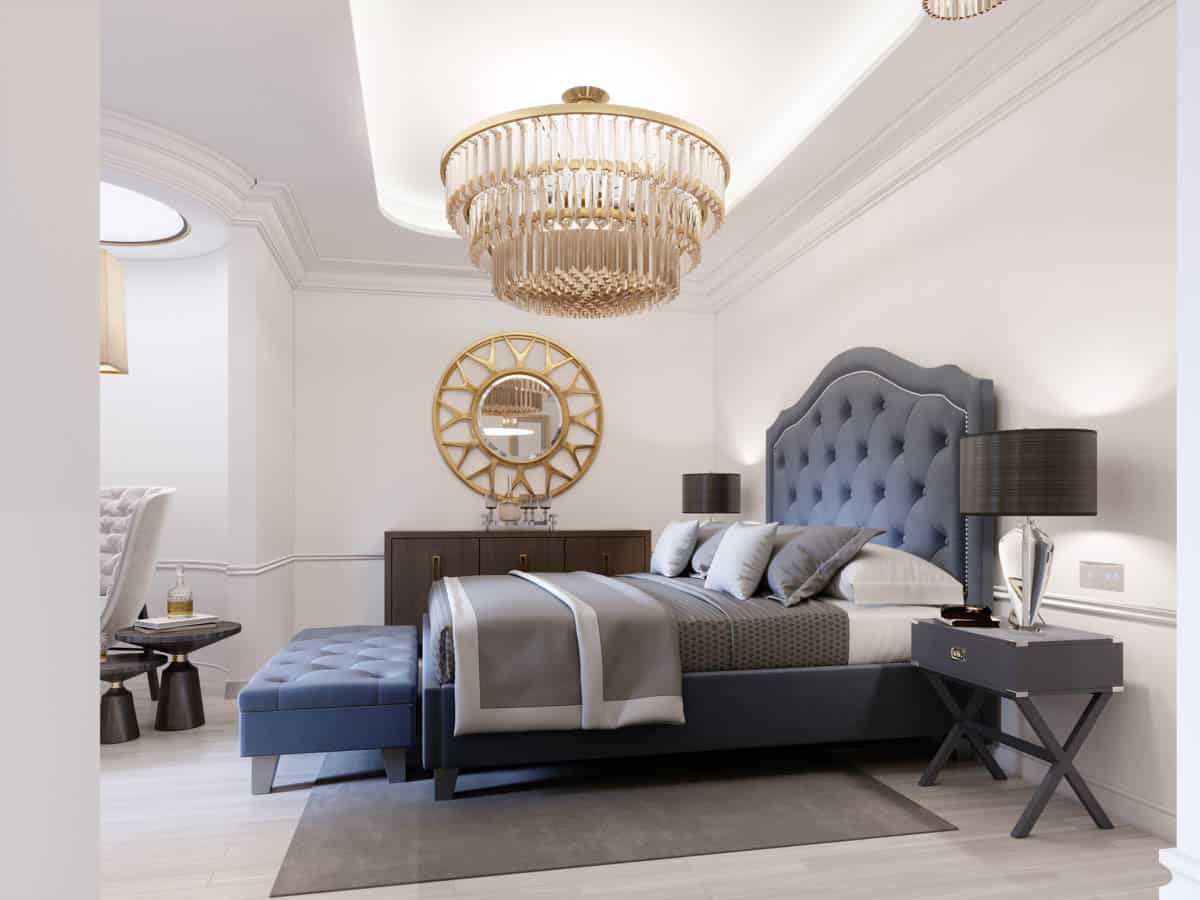
Your lighting decision between a pendant or a chandelier light fixture mainly depends on your current lighting requirements, preferences, or interior space size.
Even so, you can use pendant lights when:
• You must use focused task lighting to brighten a specific space where certain activities or tasks occur.
• You wish to discreetly incorporate a decorative feature in your space without overpowering the ambiance.
• Your current room or living space has a more compact size.
What about chandeliers? Well, you can use them when:
• Your current living space is quite spacious and needs ambient lighting to brighten the entire area fully.
• You wish to establish a design statement or focal point that evokes a sense of elegance and grandeur.
• Your space has a high ceiling that can safely accommodate massive and complex lighting fixtures.
Nevertheless, if possible, you can also combine the functionality of pendant lights with the decorative capability of chandeliers to accomplish a well-layered lighting scheme.

